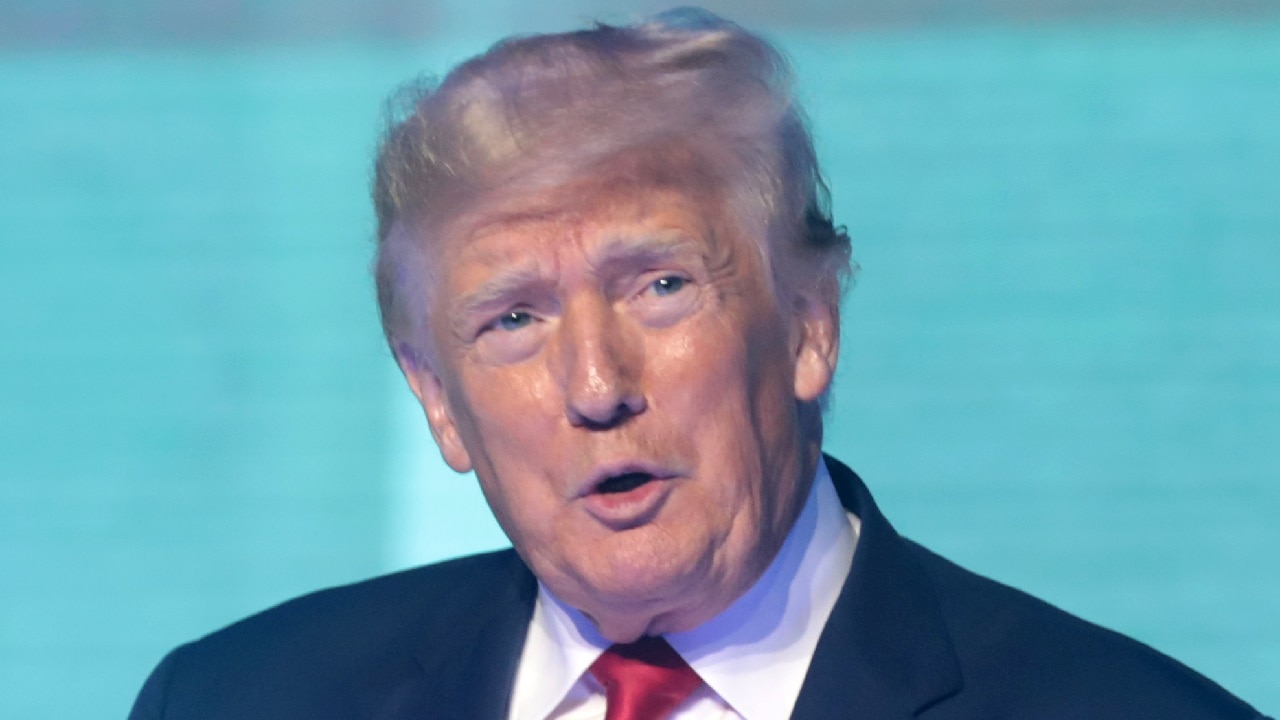Ever since President Trump began threatening new tariffs, some have argued that the tariffs are a mere negotiating tactic, something to threaten other countries to negotiate better terms. Those taking this view were somewhat vindicated when Trump, indeed, reached agreements with Canada and Mexico earlier this month to delay announced tariffs. New tariffs on China went into effect, although the de minimus rule was paused.
However, Trump has put more tariffs in place for steel and aluminum. The proclamation affects imports from Argentina, Australia, Canada, Mexico, the European Union, and the United Kingdom.
Per CNBC, the announcement sent shares of American steelmakers sharply upward in after-hours trading at the time a few days ago.
The EU Responds
The European Union is threatening to retaliate against the measure.
European Commission President Ursula von der Leyen said in a statement Tuesday that the tariffs on the EU “will not go unanswered” and that “they will trigger firm and proportionate countermeasures.”
The EU president is set to meet with Vice President J.D. Vance this week.
What Will Cost More?
When tariffs go into place, it often causes the price of goods to rise as costs are passed on to the consumer. This potential price increase is especially fraught for Trump, who came into office largely on the back of persistent inflation. Per the Consumer Price Index report on Wednesday, inflation has risen back over 3 percent for the first time since last June.
According to the BBC, the new steel tariffs could lead to higher prices on a wide variety of products, many of which are major staples of the American economy: Everything from canned food and drinks to cars to construction and housing materials.
The 2018 Precedent
This is not the first time Trump has imposed steel and aluminum tariffs—he did the same thing during his first term in 2018. In that case, the steel tariffs were 25 percent and the aluminum tariffs 10 percent. Per the Financial Times, the 2018 tariffs staggered the countries affected, with the EU, Canada, and Mexico added three months after most other countries were hit.
The 2018 levy also drew an international backlash, where the EU responded with retaliatory tariffs on steel, agricultural products, and other goods. The EU also singled out “iconic American products,” as the Financial Times put it, including jeans, whiskey, and Harley-Davidson motorcycles.
Over time, Trump began granting various exemptions, and once Joe Biden took office, he reached a temporary agreement with the EU, UK, and Japan to suspend the tariffs in both directions. However, Biden imposed new tariffs on Chinese steel and aluminum in July 2024.
The View from the Wall Street Journal
The Wall Street Journal editorial page, while generally pro-Trump these days, has long been strongly in favor of free trade. When Trump announced the plans to place tariffs on Canada and Mexico, they famously denounced it as “the dumbest trade war in history,” back at the end of January.
This week, the Journal’s editorial board is back to ripping such policies, pointing specifically at what happened with the steel tariffs in Trump’s first term.

Former President of the United States Donald Trump speaking with attendees at the 2022 Student Action Summit at the Tampa Convention Center in Tampa, Florida. By Gage Skidmore.
In 2018, the editorial board said, “The price was paid by U.S. secondary metal producers and downstream manufacturers.” One company, Mid-Continent Steel and Wire, which made more than half the nails manufactured in the U.S., was forced to lay off workers. The Ford Motor Company, as a result of the tariffs, also lost money, reducing its workforce’s profit-sharing bonuses.
“This is political rent-seeking at its most brazen, and it benefits the few at the expense of the many,” the Journal said.
About the Author: Stephen Silver
Stephen Silver is an award-winning journalist, essayist and film critic, and contributor to the Philadelphia Inquirer, the Jewish Telegraphic Agency, Broad Street Review and Splice Today. The co-founder of the Philadelphia Film Critics Circle, Stephen lives in suburban Philadelphia with his wife and two sons. For over a decade, Stephen has authored thousands of articles that focus on politics, technology, and the economy. Follow him on X (formerly Twitter) at @StephenSilver, and subscribe to his Substack newsletter

